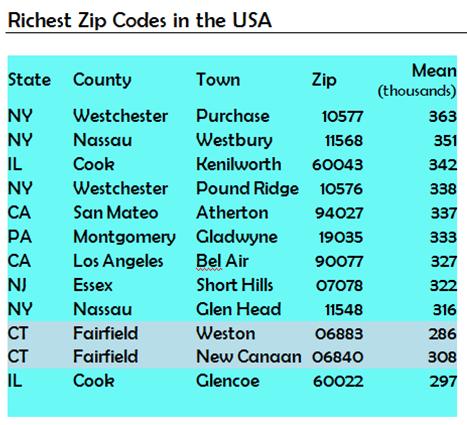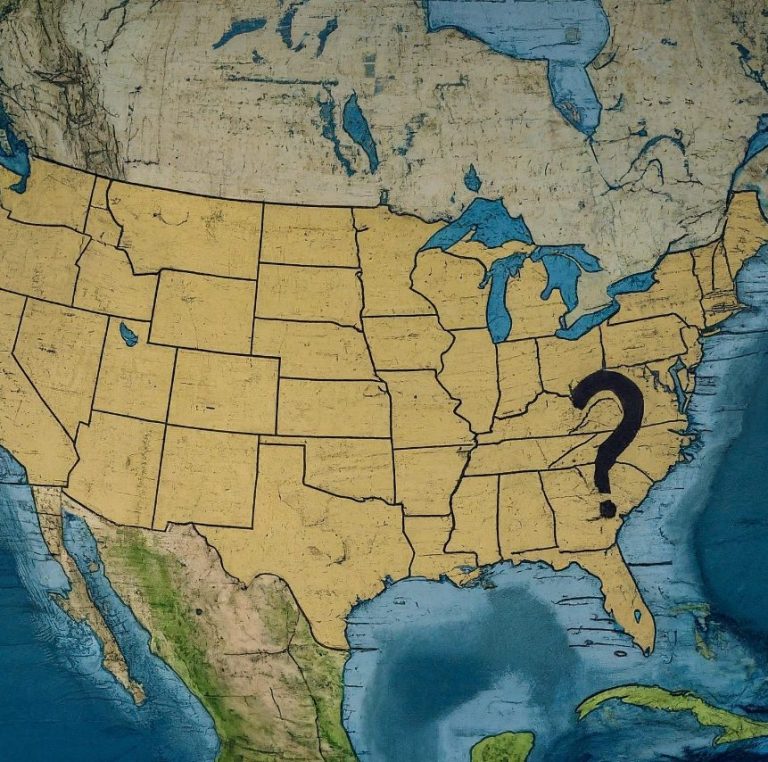In today’s interconnected world, the ability to send mail and packages efficiently is crucial. Zip codes, or postal codes, play a vital role in ensuring that mail reaches its destination quickly and accurately. In this exclusive article, we delve into the world of zip codes, exploring their history, purpose, and how they are used in different countries. We will also provide a list of zip codes for various regions, including the United States, Canada, the United Kingdom, and other countries.
Contents
History of Zip Codes
The concept of postal codes dates back to the 19th century when cities in Europe began implementing numerical systems to organize mail delivery. However, the modern zip code system as we know it today was first introduced in the United States in 1963. The term “ZIP” stands for “Zone Improvement Plan,” reflecting the goal of improving the efficiency of mail sorting and delivery.
The initial zip code system in the United States consisted of five digits, with each digit representing a specific geographical area. Over time, the system has been expanded to include additional digits for greater precision. Today, many countries around the world have adopted similar postal code systems, each with its unique structure and format.
Purpose of Zip Codes
Zip codes serve a critical purpose in the mail delivery process. By assigning a unique code to each geographical area, they enable postal services to sort mail efficiently and route it to the correct destination. This significantly reduces the time and effort required for manual sorting, leading to faster delivery times.
In addition to their primary function in mail delivery, zip codes are also used for various other purposes, including:
- Demographic Analysis: Zip codes are often used to gather demographic data about specific areas. This information can be valuable for businesses, marketers, and researchers to understand the characteristics of different populations.
- Market Research: Companies use zip code data to target their marketing efforts more effectively. By analyzing the demographics and consumer behavior associated with specific zip codes, businesses can tailor their advertising campaigns to reach their desired audience.
- Location-Based Services: Zip codes are used in various location-based services, such as online maps and GPS navigation systems. They help to pinpoint specific addresses and provide accurate directions.
Structure and Format of Zip Codes
The structure and format of zip codes vary across different countries. Let’s explore some examples:
- United States: In the United States, zip codes consist of five digits, with an optional four-digit extension called the “ZIP+4” code. The first digit represents a broad geographical region, while subsequent digits narrow down the area to specific delivery routes.
- Canada: Canadian postal codes consist of six alphanumeric characters, arranged in the format A1A 1A1. The first three characters represent a Forward Sortation Area (FSA), which covers a large geographical region. The last three characters identify a specific delivery point within the FSA.
- United Kingdom: In the United Kingdom, postal codes are known as “postcodes.” They consist of a combination of letters and numbers, typically ranging from five to seven characters. The format varies depending on the region, but generally includes an outward code and an inward code, separated by a space.
List of Zip Codes
Now, let’s explore a list of zip codes for various regions around the world. Please note that this list is not exhaustive and is intended to provide examples of zip codes in different countries.
United States
- New York City, NY: 10001-10292
- Los Angeles, CA: 90001-93599
- Chicago, IL: 60007-60827
- Houston, TX: 77001-77598
- Miami, FL: 33004-33299
Canada
- Toronto, ON: M1A-M9W
- Montreal, QC: H1A-H3Z
- Vancouver, BC: V1A-V7Z
- Calgary, AB: T1A-T3Z
- Edmonton, AB: T4A-T6Z
United Kingdom
- London: WC1A-WC2R, EC1A-EC4Y, SW1A-SW1X, SE1-SE28
- Birmingham: B1-B44
- Manchester: M1-M60
- Glasgow: G1-G84
- Edinburgh: EH1-EH31
Other Countries
- Australia: Postcodes in Australia consist of four digits.
- Germany: German postal codes consist of five digits.
- France: French postal codes consist of five digits.
- Japan: Japanese postal codes consist of seven digits.
- China: Chinese postal codes consist of six digits.
How to Find Zip Codes
There are several ways to find zip codes for specific addresses:
- Online Postal Service Websites: Most postal services offer online tools to look up zip codes. You can typically enter an address or location to retrieve the corresponding zip code.
- Online Mapping Services: Many online mapping services, such as Google Maps and Bing Maps, allow you to search for addresses and display the associated zip code.
- Postal Service Directories: Traditional postal service directories, either in print or online, list zip codes for various regions and localities.
Read More: List of All Zip Codes: An Exclusive, Comprehensive Guide
Conclusion
Zip codes, or postal codes, are an essential component of the modern mail delivery system. They enable efficient sorting and routing of mail, leading to faster delivery times. Additionally, zip codes are used for various other purposes, such as demographic analysis, market research,







